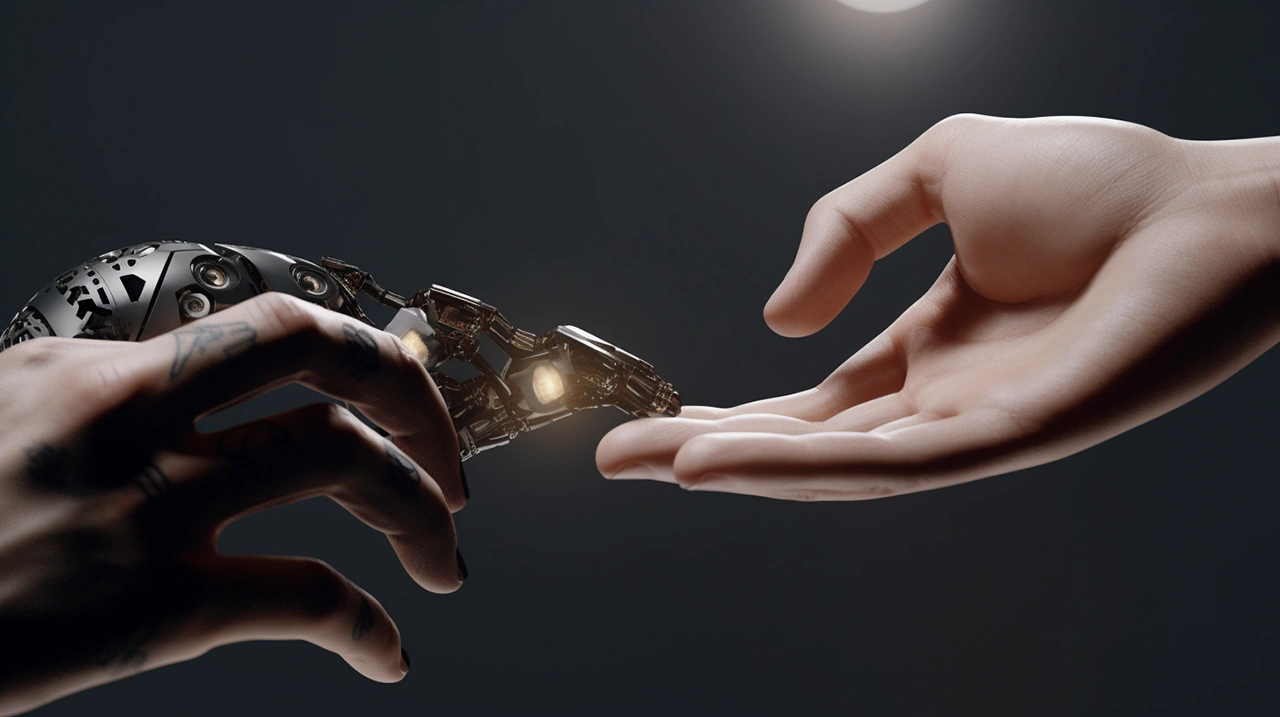Artificial Intelligence (AI) has made significant advancements in the design industry in recent years, with tools like DALL-E and Midjourney generating buzz for their ability to generate unique designs quickly. While AI has undoubtedly changed the landscape of web and graphic design, it’s essential to remember that it has limitations and cannot replace the creativity, critical thinking, and problem-solving skills that humans possess.
Here are some of the limitations of AI in design:
1. Lack of Creativity
AI can generate new designs, but it lacks the ability to think creatively and come up with original ideas. AI can only generate designs based on the data and information that it has been trained on, which means it cannot think outside the box or come up with something truly unique.
2. Lack of Contextual Understanding
AI can struggle to understand the context and purpose behind a design. For example, a web designer might consider factors like user experience, brand identity, and business goals when designing a website, while AI may not be able to take all of these factors into account.
3. Limited Data
AI requires large amounts of data to be trained on, and it may not always have access to the most relevant or up-to-date data. This can lead to designs that are outdated, irrelevant, or not aligned with current trends and preferences.
While AI can automate certain tasks, it cannot replace the importance of communication and collaboration in the design process. Developing strong communication and collaboration skills can help you work effectively with clients, stakeholders, and team members, and ensure that everyone is on the same page throughout the design process.
To make yourself indispensable in the web and graphic design industry, it’s important to focus on developing skills that complement AI rather than compete with it. Here are a few things you can learn:
1. Creativity and Innovation
Developing your creativity and innovation skills can help you stay ahead of the curve and offer unique design solutions to clients.
2. User Experience Design
Learning about user experience design principles and techniques can help you create designs that are intuitive, engaging, and effective.
3. Branding and Identity
Learning about branding and identity design can help you develop a deeper understanding of how design can support a brand’s success.
4. Communication and Collaboration
Developing strong communication and collaboration skills can help you work effectively with clients, stakeholders, and team members, and ensure that everyone is on the same page throughout the design process.
By focusing on developing these skills, you can position yourself as an invaluable member of any design team and ensure that your expertise and creativity are valued in an AI-driven world. While AI has its place in the design industry, it’s essential to remember that it cannot replace the human touch and the unique skills that you bring to the table.
If you don’t believe me, an AI wrote the above post and even created the graphic image for this post. Despite AI doing all the heavy lifting of creating this blog, it still needed to be prompted correctly and receive additional instruction from me (a Human) in order to create this. AI technology is a great tool that can be used to expand our abilities, but it cannot replace original human ideas and understanding.
If you would like to harness the power of AI Design in your business or design project, submit an information request or check out our services.


